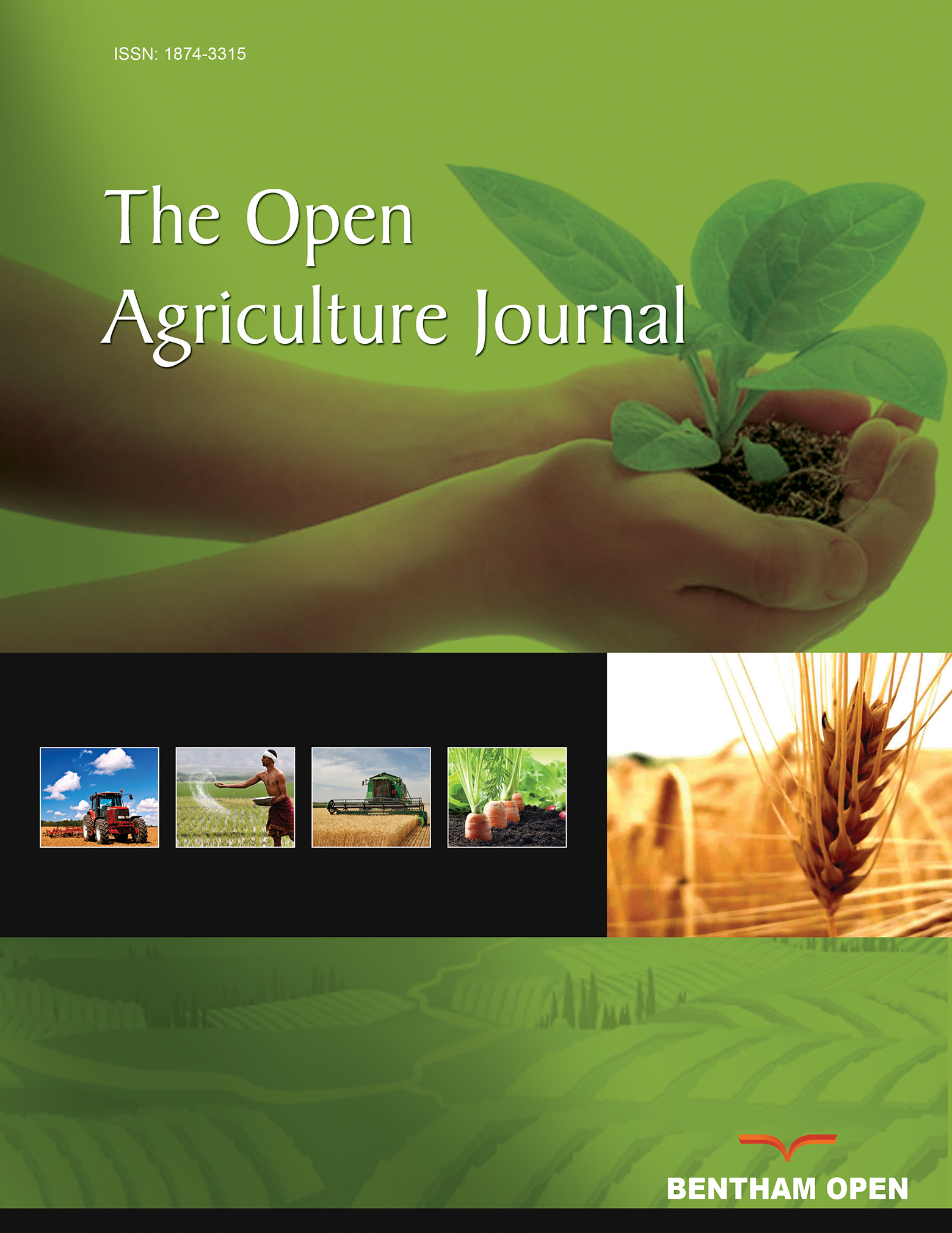All published articles of this journal are available on ScienceDirect.
Bioactive Compounds and their Antioxidant Capacity in Selected Primitive and Modern Wheat Species
Abstract
Whole grain foods have been recommended for healthy diets as being recognized sources of dietary fiber and antioxidants. A diverse array of wheat was evaluated in terms of bioactive compounds and antioxidant capacity. The bioactive compounds examined include phenolic acids, carotenoids and tocols which were determined by HPLC. Antioxidant was based on the determination of scavenging capacity of DPPH. and ABTS.+ radicals and total phenols assay. Significant differences were observed in total phenols and ferulic acid between wheat species. Wheat species contained four major tocols including 2 tocopherols and 2 tocotrienols with β-tocotrienol being the most abundant tocol. Lutein, the primary carotenoid in wheat, significantly differed among wheat species ranging from 1.0 to 8.1 mg kg-1. Scavenging capacity of DPPH. and ABTS.+ radicals significantly varied being 1.97-3.20 and 17.1-24.7 μmole g-1, respectively. The results show the presence of considerable variability among wheat species in antioxidant composition and capacity with certain wheats hold promise for the development of functional foods for health promotion.


